|
On this overcast day in July, we found ourselves walking uphill from Praca da Republica towards Convento de Cristo. We were spending the day in Tomar, a lovely town in the Centro region of Portugal. And on this particular day, we were making quick enough progress towards Convento de Cristo following the cobblestone path which leads from the town centre to the entrance. The views across the town became better the higher we got up the hill. Once you enter the imposing gate and find yourself inside the reinforced walls, a nicely laid out garden welcomes you. After having paid the entrance we entered one of Portugal's most important historical buildings, a building which is a Unesco World Heritage site. It all started with Gualdim Pais, who got appointed Grand Master of the order of the Knights Templar in 1157. He decided to move their base to Tomar, a strategically located town overlooking the Rio Nabao. Following the dissolution of the Templar order, it was re-established in 1319 as the Order of Christ with Tomar becoming the headquarters again. It was Prince Henry the Navigator who turned it into a palace and monastery. But enough about the history, this complex is huge and you could easily spend hours in it. The first room we visited was the Washing Cloister, a place where the brothers done the laundry. At the far end of the Washing cloister were Prince Henry's quarters which he occupied from 1420 to 1460. Next was the Cloister of the Cemetery, a cloister marked by an innercourt with beautiful trees and shrubs, the walls covered in azulejos tiles. And talking about cloisters, you have to know that there are a total of 8 cloisters. There are a further 2 magnificent rooms here, the Portocarreiros chapel which is from top to bottom covered with azulejos. There are 17th century wall panels which are diamand-tip patterned. Afterwards, we made our way into the charola, an outstanding piece of architecture. The Chapel is decorated from top to bottom with statues and paintings. When you enter the Charola from the Manueline church, the first thing you notice is the outstanding decorative portal. The second room is the New Sacristy which was built in the late 16th Century. The amazing vaulting decoration displays a new cross of Christ, the armillary sphere and the royal arms. And the decorations in Convento de Cristo are elaborate, but when you think you have seen it all, you find the Manueline Window on the west facade of the convent church. It is one of the most brilliant and original examples of the Manueline style, with its emphasis on hyper-realistic, naturalist motifs. After this, we visited the main dormitory, a huge corridor with a fabulous wooden ceilings. On either side of the corridor were the decently sized rooms of the monks, a total of 40 cells. The centre of the dormitory, the place where the three corridors meet is called the crossing where you will also find the Crossing chapel. Next was the hostelery cloister, the place where travellers would be housed. Those of higher status would stay on the upper floor while the ground floor housed the servants quarters, the stables,... All we can say after our visit is Wow,.... The Convento de Cristo is a must visit location.
1 Comment
|
�
About the AuthorWe are Peter & Dolores De Bie. We love the great outdoors, discovering new parts of the world and writing about our adventures along the Wild Atlantic Way and further afield Categories
All
|
Contact us |
Where are our visitors from |
copyright © 2024 www.outdoorfitnesssligo.com
©Website design by Outdoor Fitness Sligo
©Website design by Outdoor Fitness Sligo
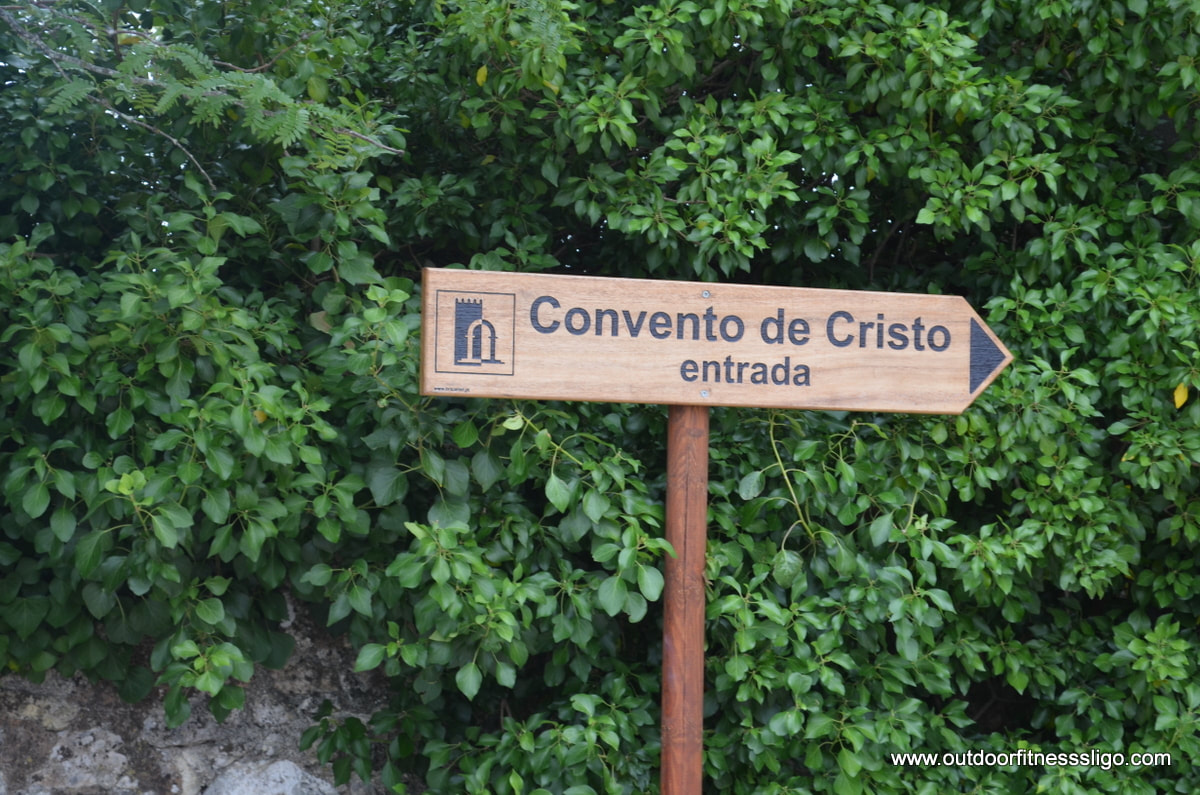
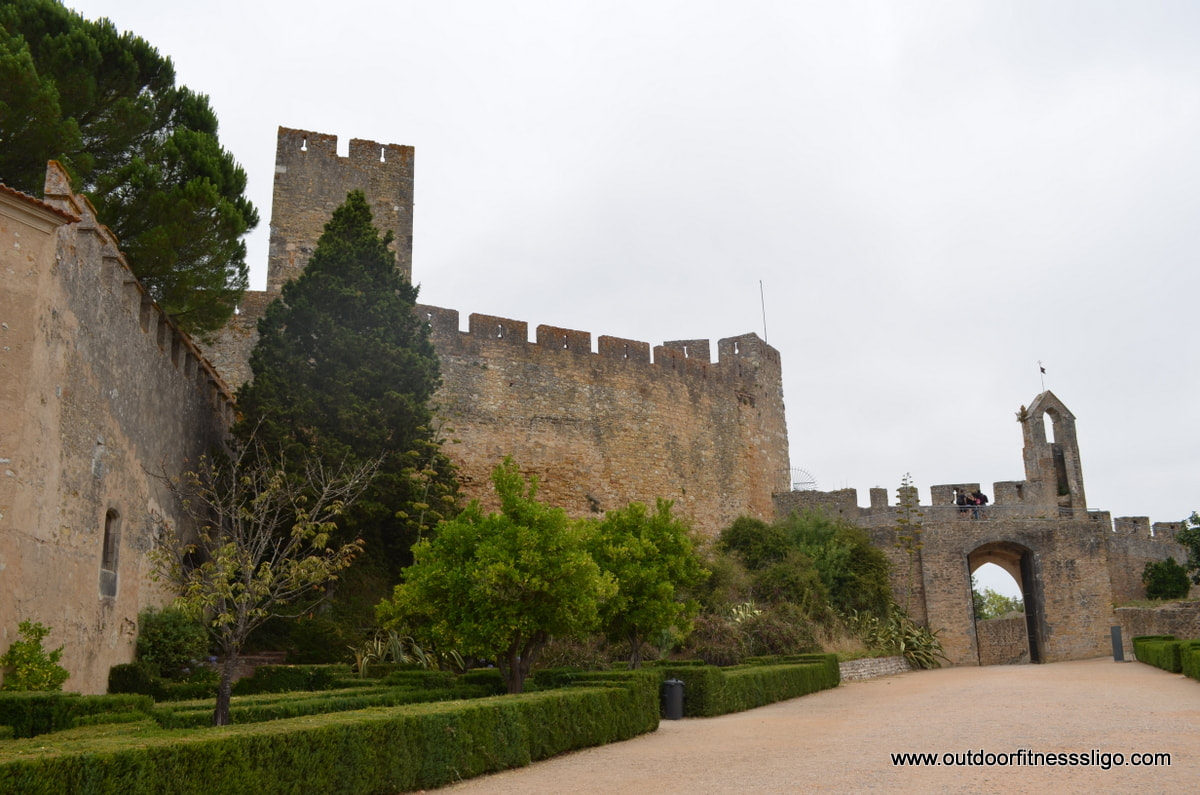
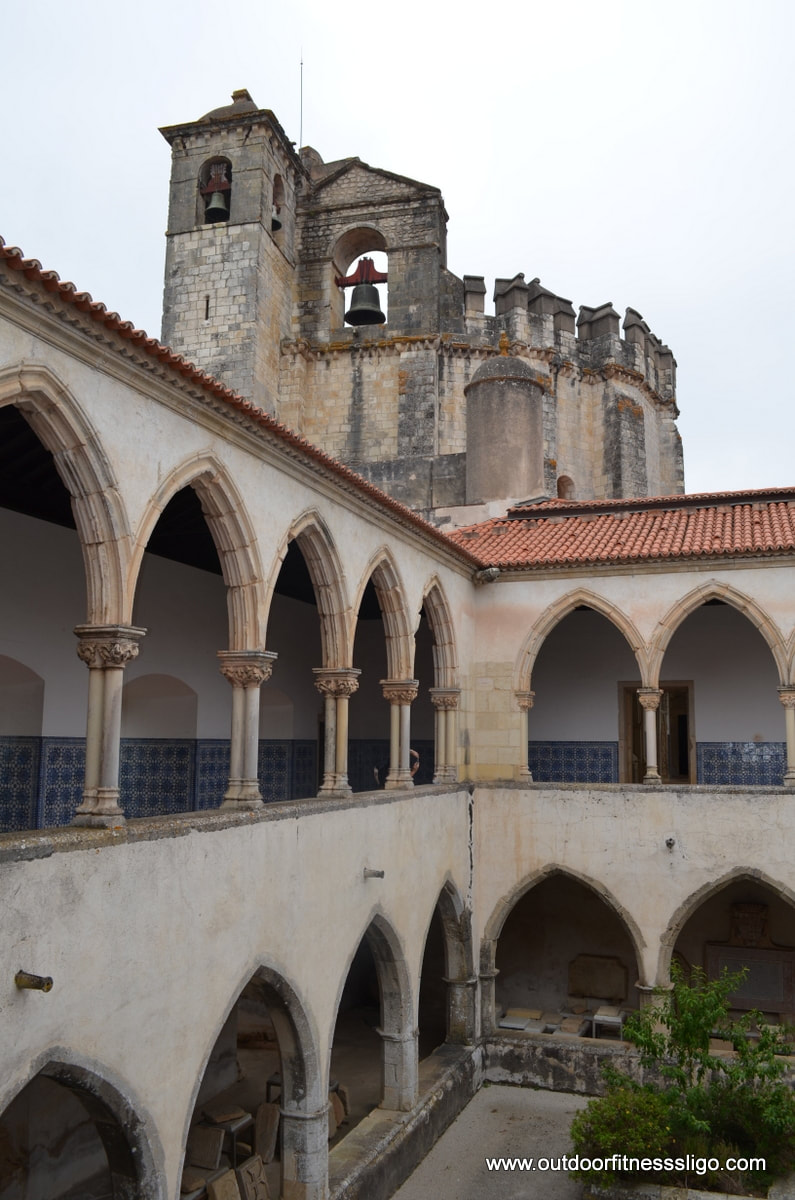
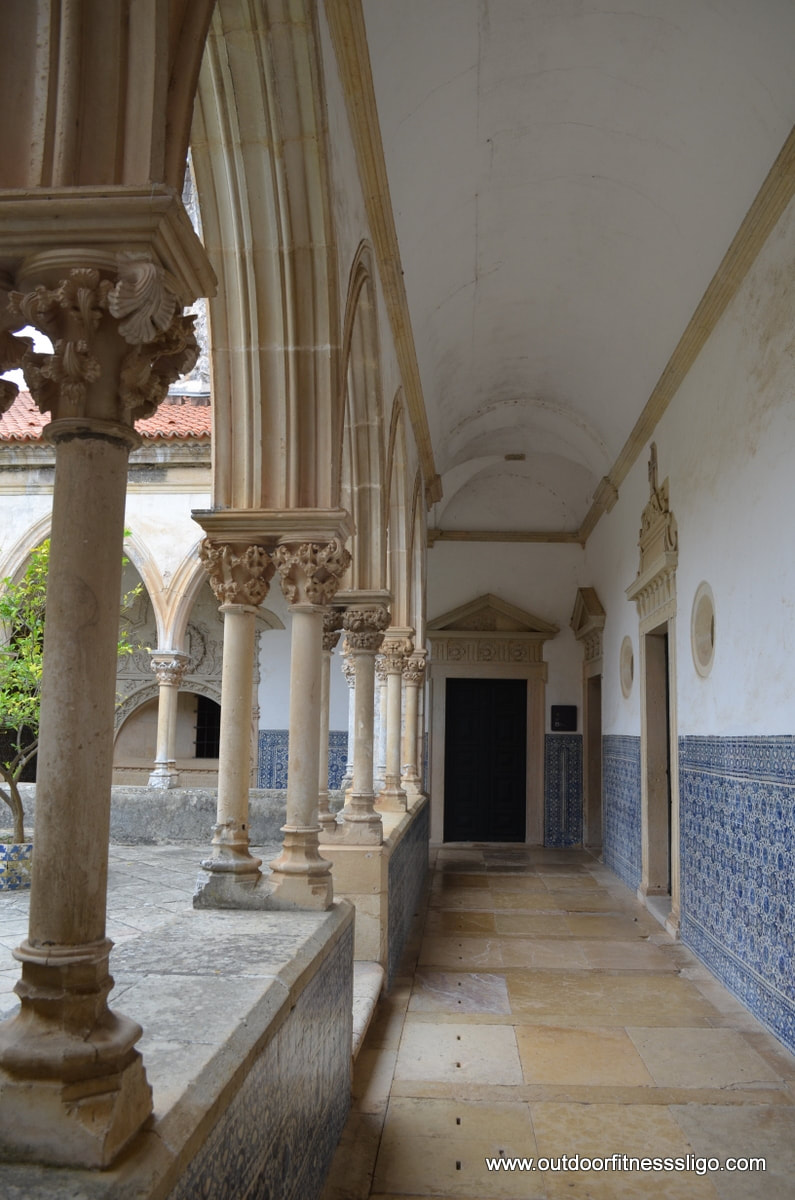
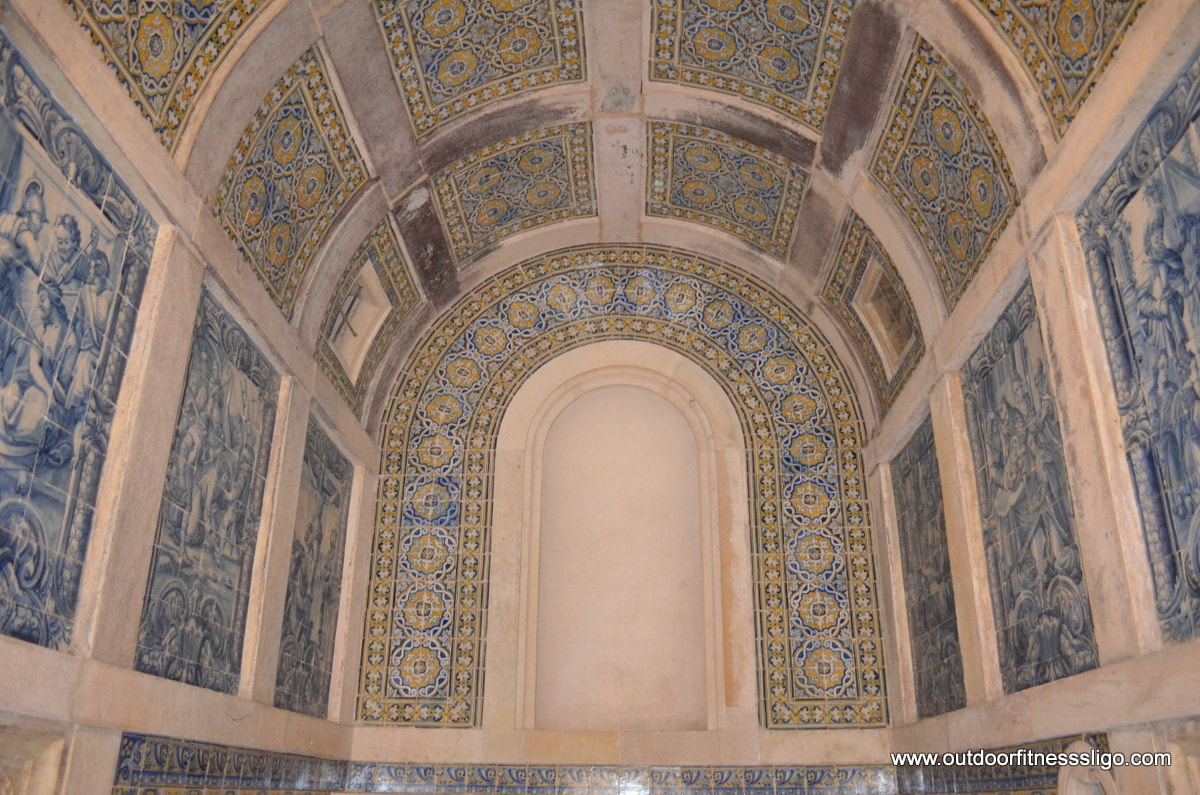
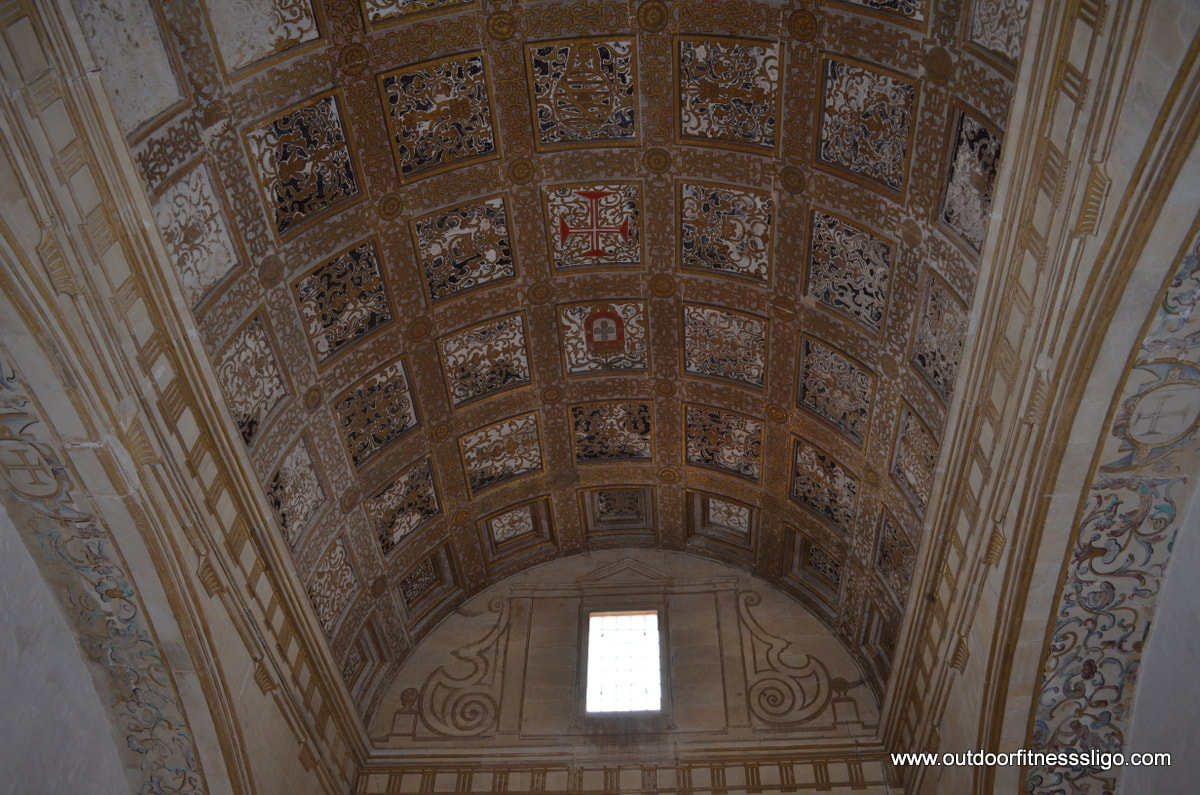
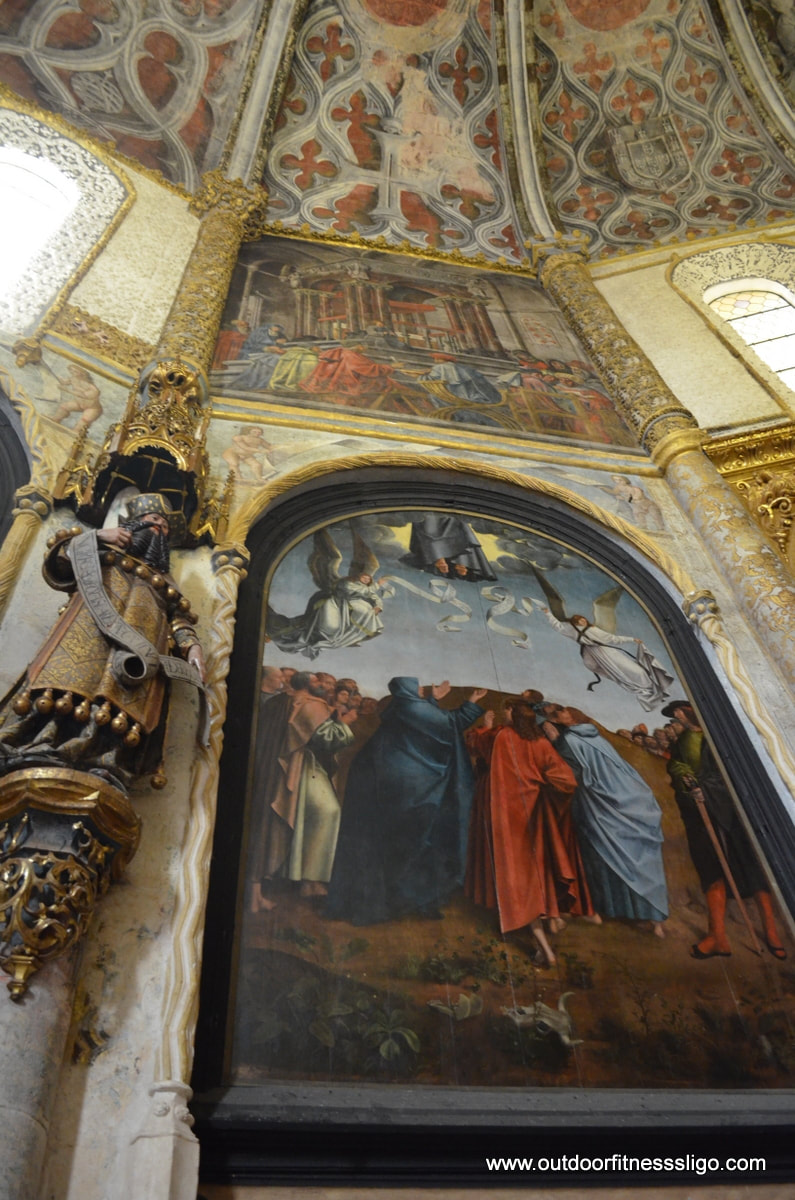
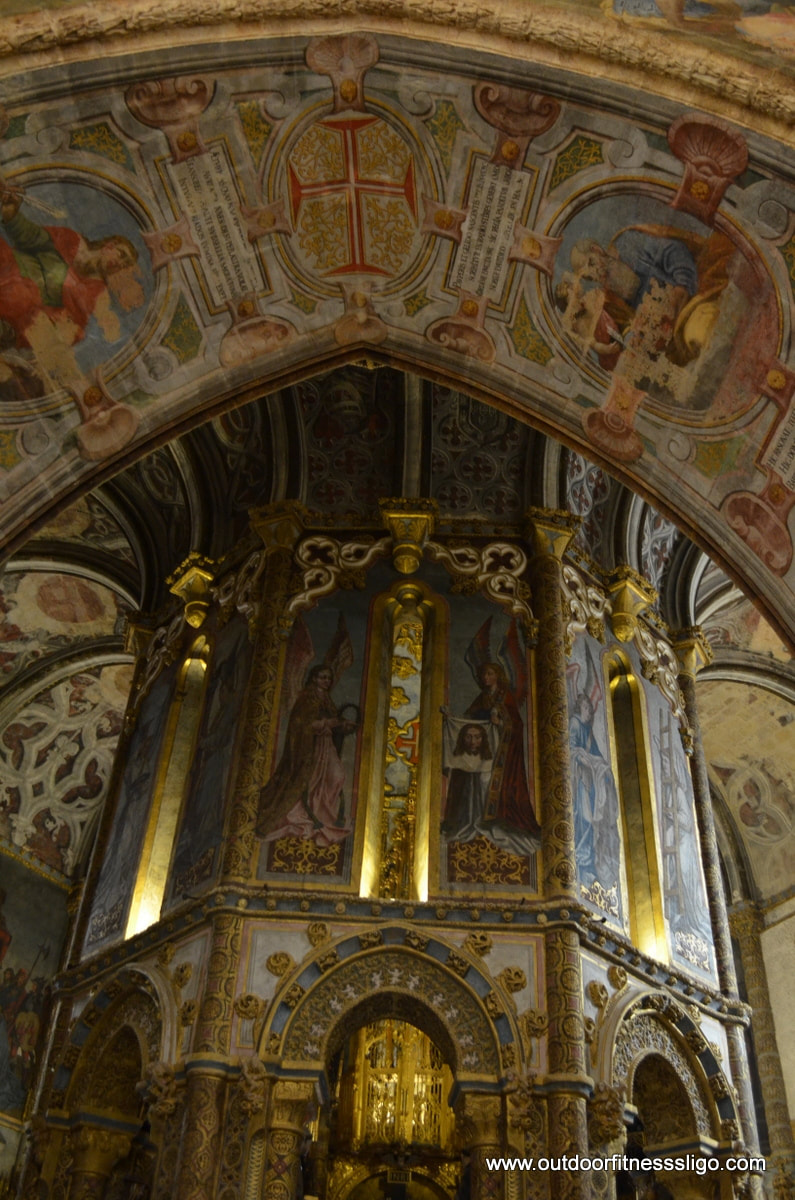
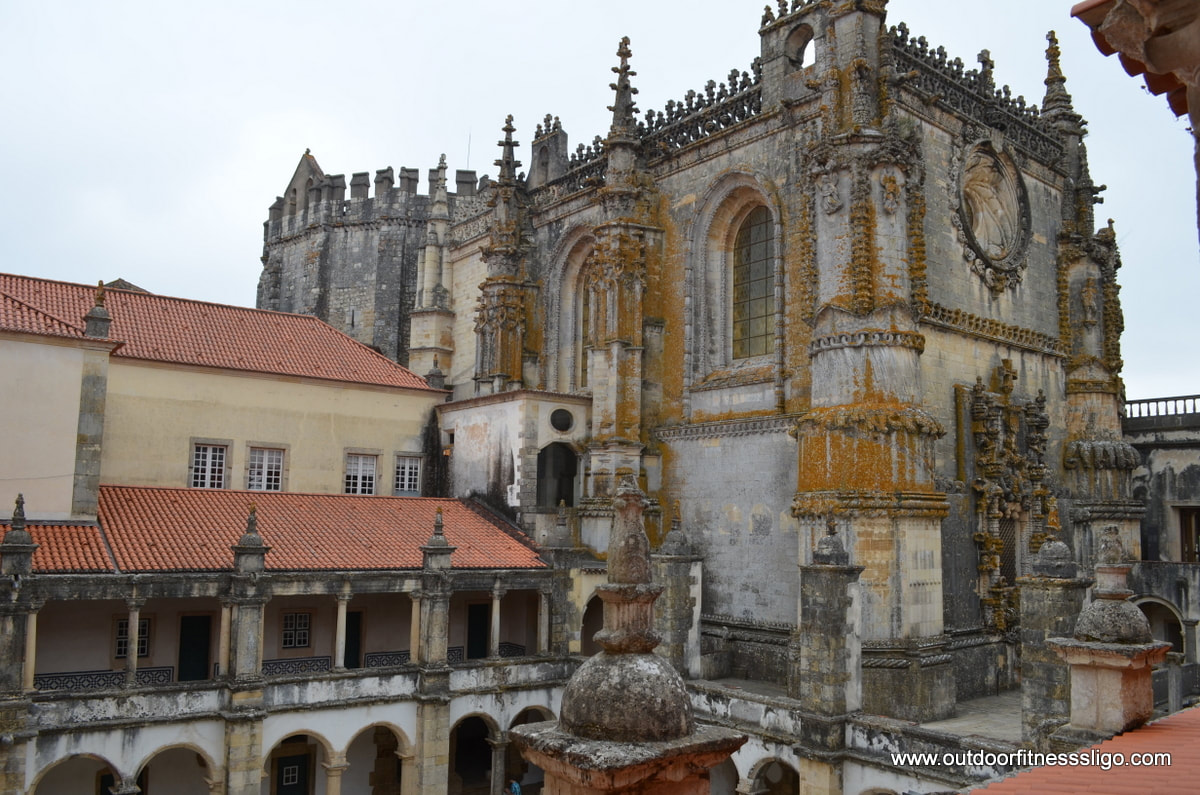
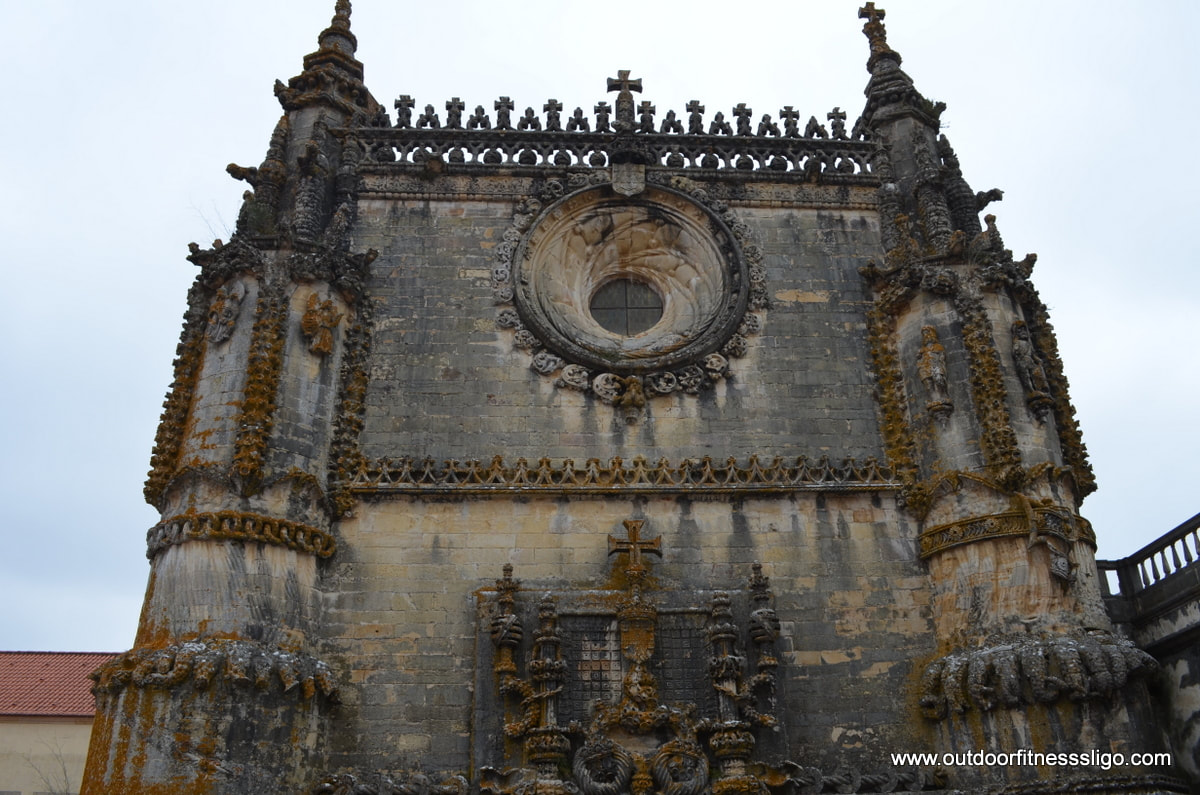
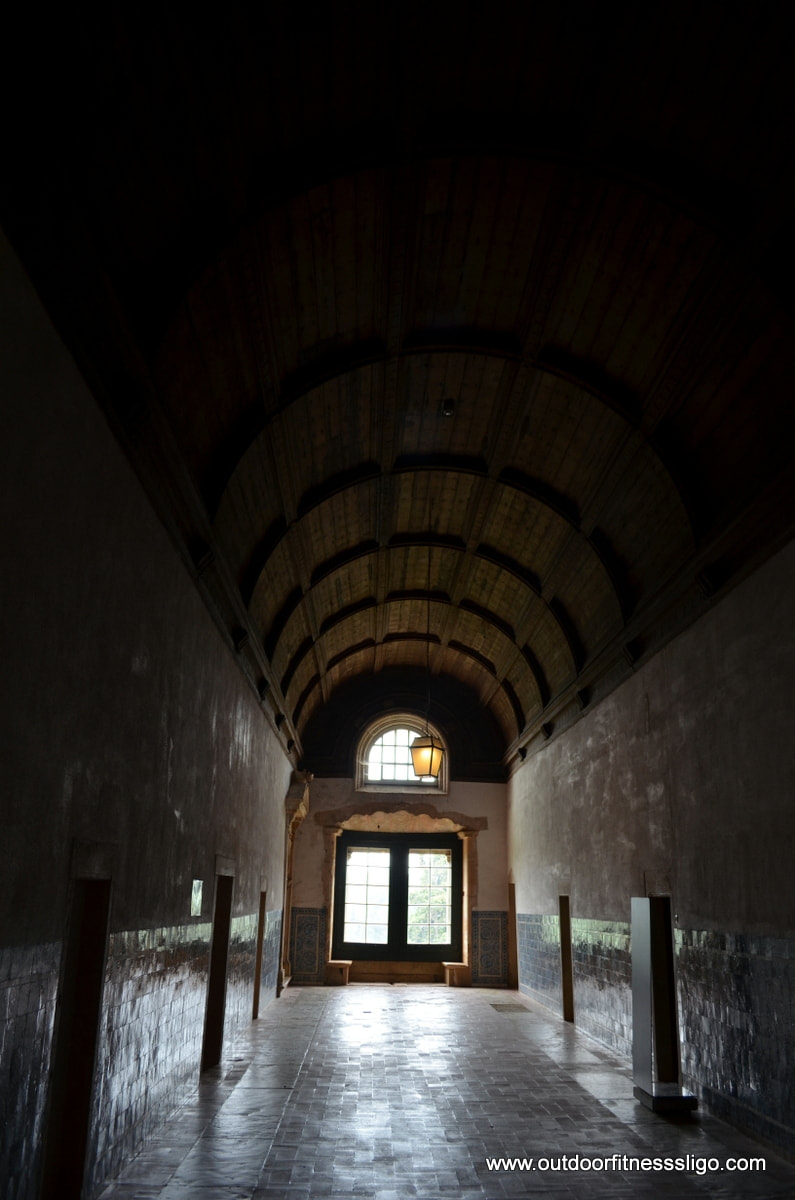
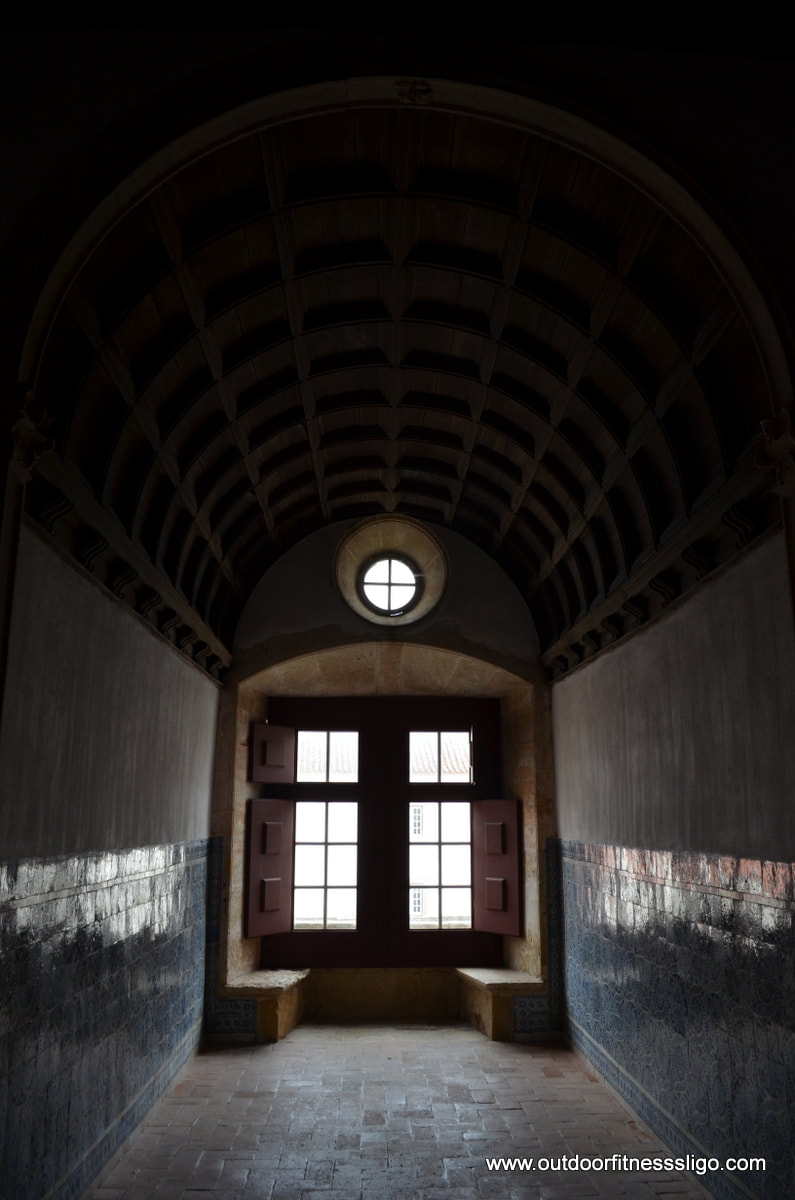
 RSS Feed
RSS Feed
